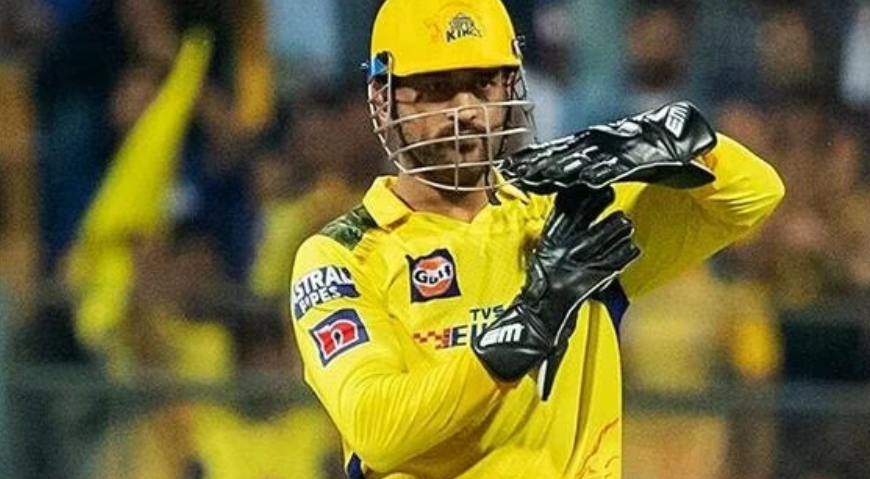How Hawk-Eye’s Latest Upgrades Are Changing DRS in 2025

In the modern era of cricket, where precision is key and split-second decisions can change the course of a match, technology continues to reshape the game. One of the most transformative tools in cricket over the past decade has been the Decision Review System (DRS)—and at the heart of this system lies Hawk-Eye technology.
As of 2025, Hawk-Eye has undergone significant upgrades, making the DRS faster, more accurate, and more player-friendly than ever before. These improvements are not only enhancing umpiring accuracy but also boosting the confidence of players, coaches, and fans in the fairness of the game.
In this article, we explore how Hawk-Eye’s latest upgrades are revolutionizing the DRS in 2025, what innovations have been introduced, and what it means for the future of cricket.
What is Hawk-Eye in Cricket?
Hawk-Eye is a computer-based ball-tracking system used to visualize the trajectory of the cricket ball. It plays a critical role in LBW (Leg Before Wicket) decisions and has become an integral part of DRS. Originally introduced in the early 2000s, it has since evolved to become a multi-camera, high-speed tracking system used in international and domestic cricket worldwide.
Key Upgrades in Hawk-Eye for 2025
The 2025 version of Hawk-Eye features several game-changing enhancements, including AI integration, better resolution, quicker processing, and real-time data. Let’s take a closer look:
1. Ultra-HD Multi-Angle Ball Tracking
Earlier versions used six to eight cameras; the upgraded system now uses up to 12 Ultra-HD cameras placed strategically around the ground. This allows for 3D tracking with extreme accuracy, even under challenging lighting or weather conditions.
Benefits:
- Reduced margin of error in ball trajectory prediction
- Improved visualization for fans and broadcasters
- Better accuracy in LBW and bat-pad decisions
2. Real-Time Decision Assistance
With enhanced processing power and cloud-based computing, Hawk-Eye in 2025 can now deliver results in under 3 seconds, significantly reducing the waiting time during reviews.
Benefits:
- Faster game flow and fewer interruptions
- Immediate feedback for umpires and players
- Seamless integration with live broadcasts
3. AI-Powered Predictive Modeling
AI and machine learning algorithms have been integrated to study player behavior, pitch conditions, and past ball trajectories. This helps the system predict with higher confidence where the ball would have gone after impact.
Benefits:
- More context-aware decisions
- Higher reliability in marginal calls
- Adaptive learning with each match
4. Expanded Zone Mapping
Hawk-Eye now uses expanded zone mapping for LBW calls. This includes foot positioning, bat angle, and pitch area segmentation, offering a deeper analysis of how the ball behaves.
Benefits:
- Enhanced transparency in umpire call decisions
- Fairer outcomes in close reviews
- Better insights for coaching and performance analytics
5. 360-Degree Virtual Replay
One of the standout features of Hawk-Eye in 2025 is the introduction of 360-degree replay using AR and VR rendering. Viewers and analysts can rotate the point of view to watch a dismissal or event from any angle.
Benefits:
- Greater clarity for fans and commentators
- Engaging visual content for broadcasters
- Enhanced decision confirmation for umpires
Impact on Umpiring and Match Decisions
Hawk-Eye’s latest upgrades have significantly improved the accuracy and consistency of umpiring decisions across formats. Here’s how:
1. Fewer Umpire Errors
With ultra-precise ball tracking and predictive models, controversial decisions are now much easier to review and verify. This has drastically reduced the number of on-field umpiring errors, especially in high-stakes matches.
2. Boosted Umpire Confidence
Umpires are more confident in making decisions knowing that high-speed, reliable backup is available. This also encourages umpires to stay decisive without hesitation.
3. More Transparent “Umpire’s Call”
The “Umpire’s Call” aspect of DRS has long been debated. In 2025, the refined zone mapping and advanced tracking now make this rule more transparent and acceptable to both players and viewers.
Enhanced Fan Experience
For fans, the 2025 Hawk-Eye upgrades have made watching cricket more immersive and engaging:
- Detailed 3D visuals are displayed during replays
- Instant graphical analysis is shared on-screen during DRS reviews
- Viewers can access interactive replays through OTT platforms and sports apps
This has bridged the gap between the game and its audience, offering a more informed and entertaining experience.
Influence on Player Strategy
Cricketers are also using Hawk-Eye data beyond just reviews:
- Batsmen study ball trajectory and impact zones to refine footwork and shot selection.
- Bowlers analyze pitch maps and deviation stats to plan their deliveries.
- Fielding units use zone-based ball movement data for strategic positioning.
In 2025, many professional teams use Hawk-Eye data for video analysis, opposition planning, and performance review sessions.
DRS in T20 Leagues: A Faster, Smarter Tool
With the popularity of T20 leagues like the IPL, BBL, and The Hundred, quick decision-making is vital. Hawk-Eye’s real-time data processing and faster rendering have made DRS more effective in shorter formats.
Some leagues are even experimenting with player-triggered replays, where fielders can prompt ultra-fast reviews on run-outs or boundary calls using wearable sensors linked to Hawk-Eye’s system.
Challenges and Considerations
While Hawk-Eye’s latest upgrades offer incredible advantages, some challenges remain:
1. Cost and Accessibility
Smaller cricket boards and domestic tournaments may still find it expensive to implement the full suite of features.
2. Technology Dependence
Relying too heavily on technology might affect the instinctual element of umpiring.
3. Overturning Spirit of the Game?
Some critics argue that constant technological interference could disrupt the natural flow and traditional spirit of cricket.
The Future of Hawk-Eye and DRS
Looking ahead, the future of DRS and Hawk-Eye seems promising:
- Integration with AI-powered commentary tools
- Smart stadiums with built-in tracking surfaces
- Hawk-Eye wearable devices for players to get real-time feedback
- Global standardization of DRS rules across formats and leagues
With the game moving towards precision and fairness, Hawk-Eye remains the cornerstone of cricket’s digital transformation.
Conclusion
As cricket continues to evolve in the digital era, Hawk-Eye’s 2025 upgrades have elevated the Decision Review System to new heights. With ultra-HD ball tracking, AI integration, real-time decisions, and immersive replays, DRS is now smarter, faster, and more accurate than ever before.
These technological strides are not just enhancing the integrity of the sport—they’re also enriching the experience for players, officials, and fans alike. In a game of millimeters and milliseconds, Hawk-Eye ensures that every decision counts.
